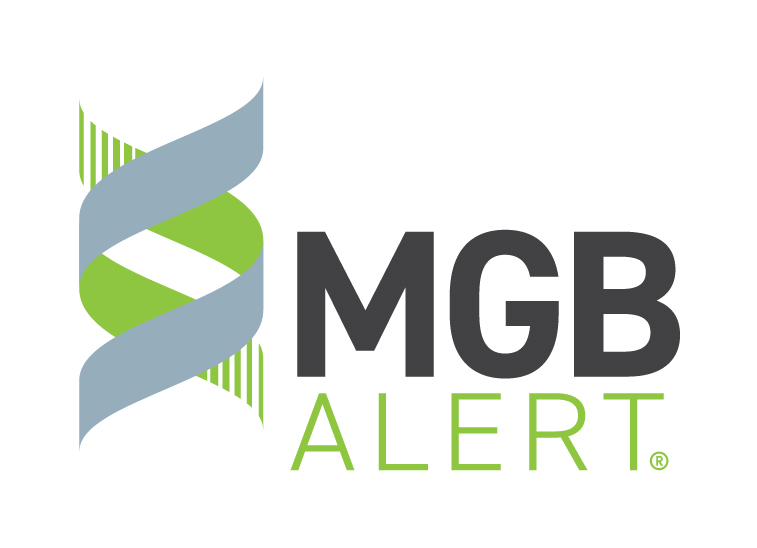Choose your sales office
PRODUCT
MGB Alert® Candida auris with echinocandin resistance
The MGB Alert Candida auris with echinocandin resistance RUO Detection Reagent includes a set of two primers, a duplex stabilizing quencher (“DSQ”) probe specific to a conserved region of the FKS1 gene, and an MGB Pleiades hybridization probe targeting the echinocandin resistance associated S639F mutation region of the same amplicon.
C. auris is classified in the highest “Critical Priority Group” in the 2022 WHO Fungal Priority Pathogens List.1
Our research use only‡ materials feature:
- Pre-configured 20X mixes of primers and probes
- Multiplexed primer and probe sets including an internal control
- Reagents manufactured with cGMP oligonucleotides
MGB probes | DSQ probes | Eclipse Dark Quencher | Duplex Stabilizing Quencher | Pleiades probe chemistry | AquaPhluor® Dyes | Superbases

| Catalog number | Product name | Reactions | Multiplexity | Product description |
| M400920 | MGB Alert C. auris with echinocandin resistance RUO Detection Reagent | 48 | 3-color | 20X mix of primers and probes to detect Candida auris and echinocandin resistance mutations, and an internal control |
Image Gallery
Benefits
Innovative. MGB Alert reagents utilize our original minor groove binder probe technology, and feature flexibility of PCR-based detection and/or melt curve analysis. DSQ Alert™ reagents incorporate our proprietary duplex stabilizing quencher (DSQ), a next step in MGB probe chemistry.
Flexible. Our reagents can be used on the ELITe InGenius® and ELITe BeGenius® instrument systems, and on most open channel platforms. Let us help create the right workflow for your lab.
Responsive. We frequently anticipate and nimbly respond to market needs as they arise. Let us know what you’d like to add to your own real-time PCR menu.
Visit egmdx.com to learn more. We offer a full menu of IVD tests, analyte specific reagents (ASRs), and research use only (RUO) materials designed with proprietary chemistries.
1 World Health Organization (WHO) Report. WHO fungal priority pathogens list to guide research, development and public health action. Oct 25, 2022. Available at: https://www.who.int/publications/i/item/9789240060241.
‡For Research Use Only. Not for use in diagnostic procedures.
Let us help you
For general inquiries, please use the links to the right. Click Contact to complete a brief online form, or click Support for general phone and email information. Someone will be in touch with you soon.

